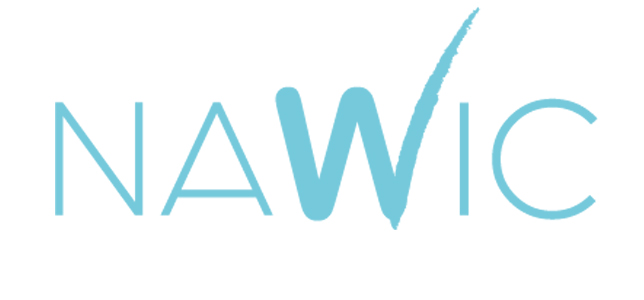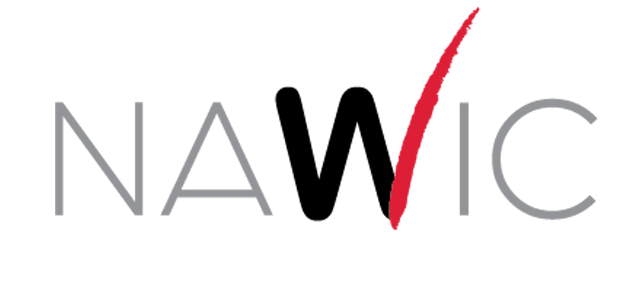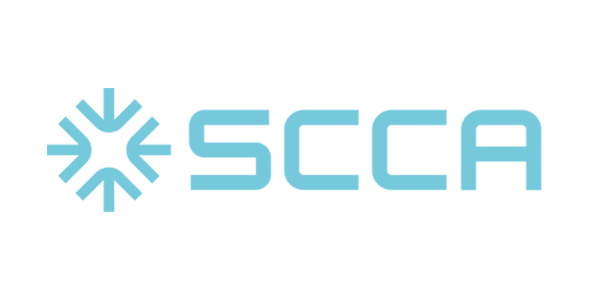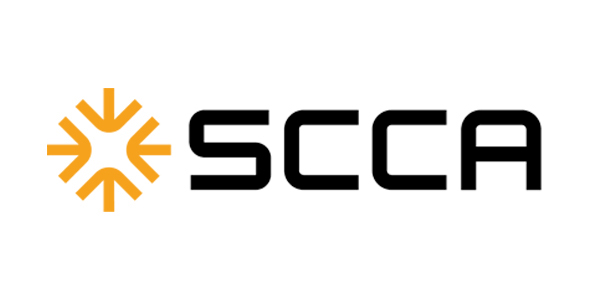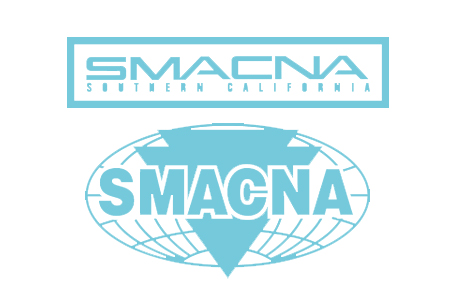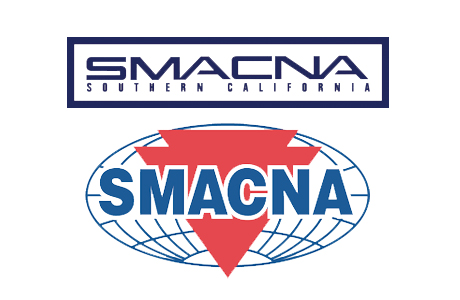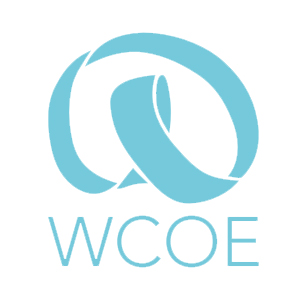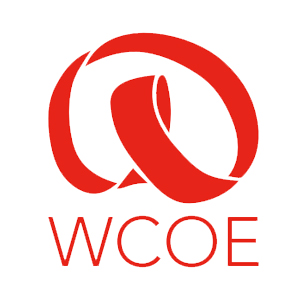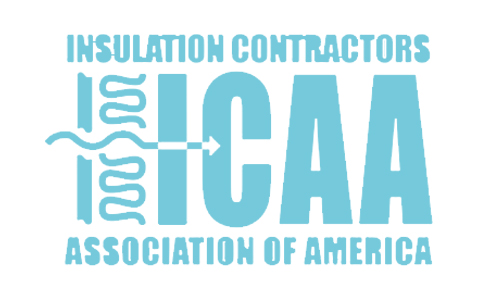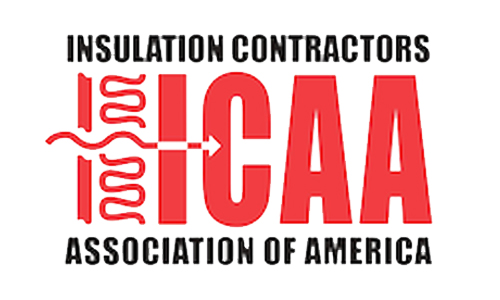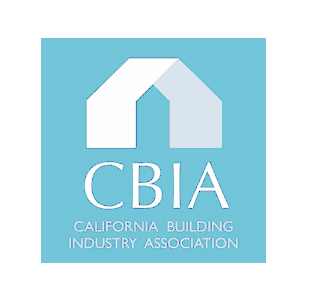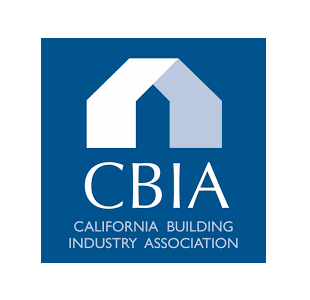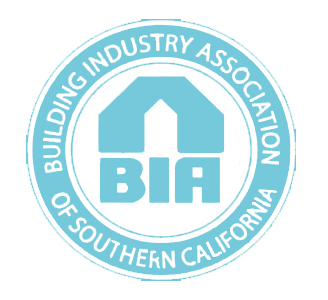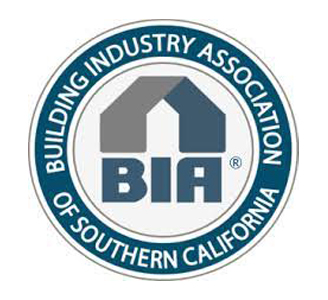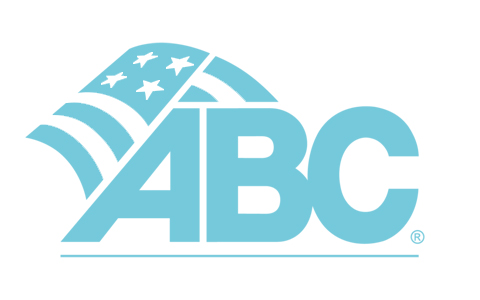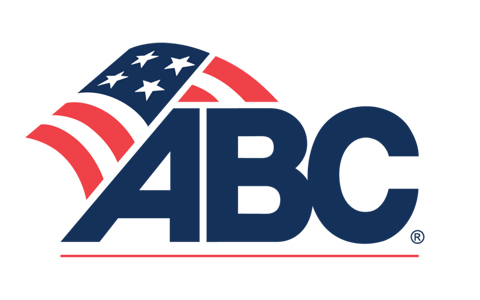Preliminary Lien Notice
Within 20 days of first delivering labor or materials to the project site.
By certified mail, return receipt requested, or by personal service.
The lender, owner and prime contractor.
For public projects, no preliminary lien notice is required if you have contracted directly with the public entity or even with the first tier prime contractor. On private projects, if there is a commercial lender, then a preliminary lien notice should be served, but if no commercial lender is involved in the project, then a preliminary lien notice is not required where the contractor is directly contracted with the owner.
Serve the preliminary lien notice even if it is late, the notice will go back and capture any labor or materials delivered to the project within the 20 days prior to service and will cover all future labor and materials.
No, the only requirement is that the estimate on the preliminary lien notice be accurate on the day that it is served. Any changes in the amount or type of labor or materials provided in the project will be covered by the original preliminary lien notice.
Mechanics Lien
As a subcontractor within 30 days after a notice of completion or 90 days after completion of the project as a whole if no notice of completion. As a general contractor that has a contract with the owner within 60 days of a notice of completion or within 90 days of completion of the contract as a whole.
Mechanic’s Lien must be recorded by the County Recorder in the county where the work was performed.
Preferably the legal description and the common street address and APN (Accessor’s Parcel Number) to be sure all are on notice of the lien’s location. However, if you only have one of the three property identifiers, the lien would still be valid if the description was sufficient to provide notice to the owner and potential purchasers of the property.
A lawsuit to foreclose the mechanic’s lien must be recorded within 90 calendar days of recording the mechanic’s lien.
Stop Payment Notice
As a subcontractor within 30 days after a notice of completion or 90 days after completion of the project as a whole if no notice of completion. As a general contractor that has a contract with the owner within 60 days of a notice of completion or within 90 days of completion of the contract as a whole.
On public works projects a bond is not required for a stop notice, on private works with a commercial lender a bonded stop payment notice is required to mandate that the lender withhold funds pursuant to the stop payment notice.
Within 120 days after a notice of completion is recorded or 180 days after actual completion of the project as a whole if no notice of completion, a lawsuit must be filed to enforce the stop payment notice claim.
Bond Claims
Public works projects require a payment bond to assure that subcontractors are paid on public works projects. Most private works projects to do not have payment bonds, but such should be investigated. There is also a license bond available sometimes, but it is for a very limited amount based on the amount of the contractor’s license bond and shared on a pro-rata amount of all claims.
Give a preliminary notice as advised in the Preliminary Notice FAQ’s above. If you failed to serve the Preliminary Notice, then give notice to the bonding company within 15 days of Notice of Completion of claim or within 75 days of completion of project as a whole if no Notice of Completion.
A claim against a payment bond requires a lawsuit filed within 6 months after 30 days following a Notice of Completion or within six months after 90 days of completion of the project as a whole. Before a lawsuit is filed, a letter to the surety company setting forth your claim is advisable but not required.
Releases
California Law provides for only 4 types of releases: 1) Conditional Progress 2) Conditional Final 3) Unconditional Progress and 4) Unconditional Final Release (Civil Code § 32626).
A conditional release provides that the check or payment referred to in the release must be provided in order to be effective. An unconditional release is effective immediately upon execution and even if the check does not clear releases all claims referred to in the release.
By providing a release of a mechanic’s lien or stop notice you are advising the owner and lender that you have been paid and have no further claim to the property or loan proceeds held by the stop notice. Do not provide these releases if you have not already been paid and the check has cleared your bank. These forms only release a specific mechanic’s lien or stop notice, and may not waive your statutory lien rights which requires one of the four releases noted above.
Yes. If you receive only a portion of the sums owed you may provide a partial release of the mechanic’s lien or stop notice, but if you at the same time provide a statutory progress release form make sure the dates and amounts are correct to make sure only the portion being paid is released.
These frequently asked questions are intended to provide the reader with general information regarding legal issues common to the construction industry. They are not to be construed as specific legal advice or as a substitute for seeking competent legal advice on specific legal matters. Please contact one of the attorneys at Crawford & Bangs for answers to your specific legal questions.

